Natalie and Mike Chalverus knew something was happening with their 8-year-old daughter, Emily. It was a hot Labor Day Weekend, and they were at the soccer fields. Emily’s face was red and purple, and she was breathing heavily – even more so than most of the other midfielders in the game. It seemed to take her longer than the other players to catch her breath. The concern over Emily’s ability to handle the heat popped up again on a family bike ride at the beach just a short time later. Emily couldn’t keep up with the rest of the family.
“At first we thought she was being a little dramatic about feeling hot and tired. But then her bike fell over and she was almost non-responsive. Thankfully some people came over and helped us cool her down and get some water. We knew then that the heat wasn’t her friend, and quickly after that she switched to swimming year-round as her athletic sport of choice,” says Natalie.
As Emily grew, she started having episodes where she felt like she was going to pass out. At age 16, she did pass out in her parents’ bedroom, hitting her head on a piece of furniture in the process. Thankfully, she didn’t have a concussion, but her pediatrician thought it was time to look into these incidents more closely and sent her for an EKG.
“We were referred to a pediatric cardiologist, who did a series of tests on Emily. Our appointment with her was the first time we’d heard of the condition that was the root cause of all of Emily’s health concerns – she had pectus excavatum,” says Natalie. “Essentially, her sternum was pressing on her heart, which caused her aorta and several valves to be enlarged. We finally understood why her heart beat so quickly with exercise – it couldn’t pump properly and she wasn’t getting enough oxygen.”
“I was so relieved to finally understand what was happening with my body. For a long time, I had known something wasn’t right on the inside and the outside, but I had never been able to explain it,” Emily says. “I had always been so self-conscious about how my chest was formed – the way my bras and clothes fit – but it wasn’t something I knew how to talk about, even with my parents.”
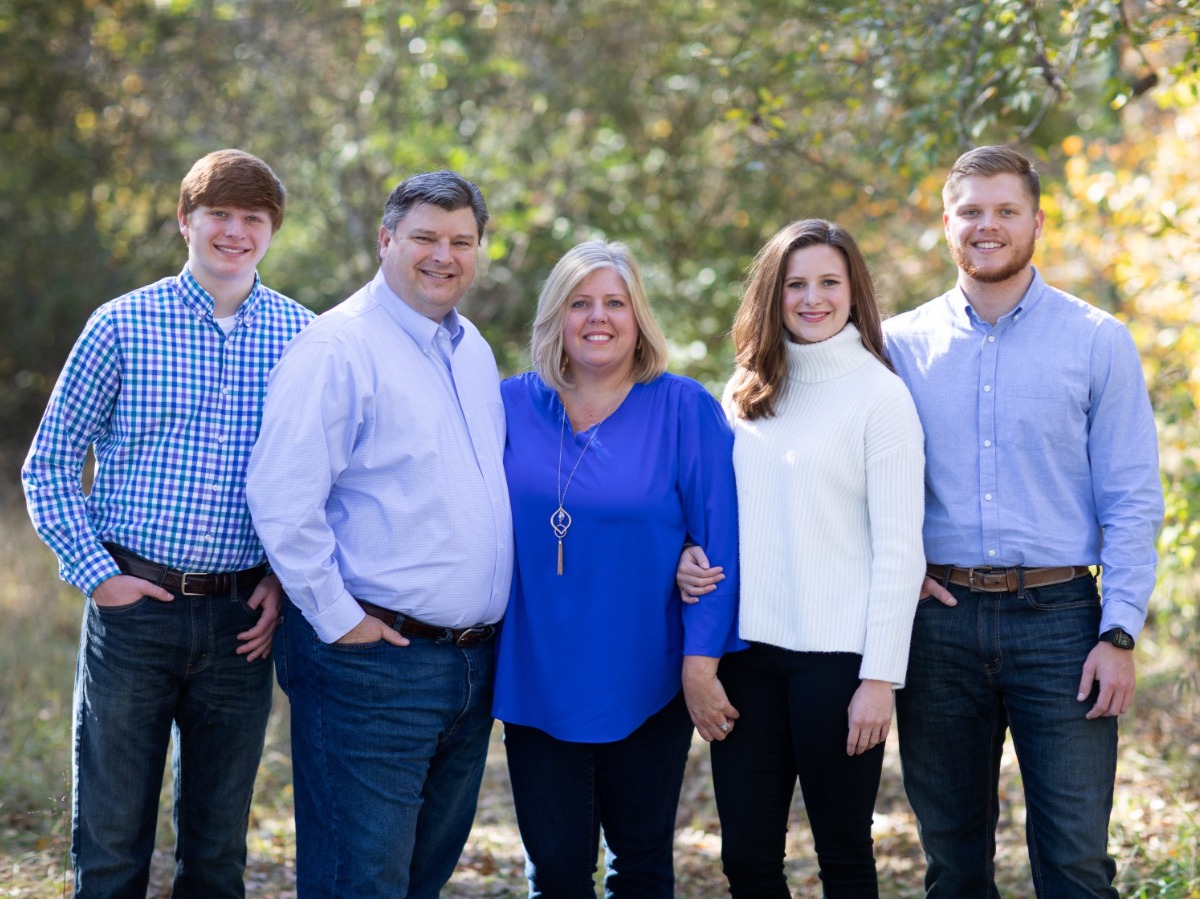
The Chalverus Family – Ryan, Mike, Natalie, Emily and Clark
EXPERT DIAGNOSIS AND CARE
The first time Natalie fully understood the impact of her daughter’s condition was on an early visit to Dr. Lisa Smith, pectus excavatum surgery expert at University Surgical Associates. After Dr. Smith explained how the condition was a malformation of the sternum and that it runs in families, she asked to examine Emily. When she removed her clothes from the waist up, Natalie could see her daughter’s body was misshapen more than she had realized.
“Part of her sternum was concave which caused her breasts to be asymmetrical. I started crying because I couldn’t imagine how she must have felt. At that point, we knew that the surgery to help correct Emily’s chest wall was going to be the best solution both medically and physically,” Natalie says. “In that same appointment while looking through some of the literature provided by Dr. Smith, we discovered my son, Ryan, also had pectus excavatum.”
In July 2017, the summer after she graduated from high school, Emily had surgery to correct her pectus excavatum. The recovery from pectus surgery is intense, in part because of the metal bar that’s inserted into the ribs – and the need to stay very still while the body begins to heal. Emily was in pain, but she was so happy to be home with her family.
“I don’t remember much after surgery, except that everything was taken care of so well and the staff and my parents did an amazing job taking care of me. The process developed by Dr. Smith was implemented perfectly. Even though I was a slow recover with a few setbacks, it was the very best decision I’ve made for my health and how I feel about myself.” Emily says. “The surgery completely changed my posture and how I move. Not only am I more confident in my body and what I wear, I have so much more energy to run and work out and do things that I couldn’t do before. I would absolutely do it again.”
After Emily’s positive experience, her brother Ryan, now a high school senior, also had surgery to correct his chest wall deformity. Although he didn’t have as many of the physical symptoms that Emily did as he grew, there was still concern about the potential long-term impact of his chest deformity on his overall health. He was also very self-conscious about how others saw him and never felt comfortable in his own skin because of the way he looked.
“When I first learned that I would need surgery for pectus, I was happy that I would be fixing some issues that I would have down the road, but deep down I was way more excited to just look normal. It wasn’t until I started working out months later that I discovered how my body had improved. I could run without getting winded as easily, and I was so incredibly happy. I’s always hated running because I felt like no matter how much I did it, I would feel like my heart would beat out of my chest,” Ryan explains. “If someone is noticing physical and mental changes from pectus, I would 100% recommend getting the surgery. I would do it all over again because of how happy I am with the results. I look and feel great – and I’m proud of my new chest.”
COMING TOGETHER AS A FAMILY
Although Ryan benefited from his parents’ experience in caring for someone with this surgery and the recovery was a little easier than his sister’s had been, it still took everyone doing their part to keep things going. Natalie and Mike had to work together to lift Ryan and help him move into different positions. And just like Natalie did for Emily, Mike helped Ryan with all of his bathroom and bathing care until he could do it on his own. It truly was a family bonding experience.
“Even though it’s so difficult to see your kids in pain and go through a recovery from a surgery like this, it was the best decision for our kids and our family. To see the change in their confidence level and ability to do the things they want to do without limitations has been so wonderful,” Natalie said. “We are grateful to Dr. Smith for how she cared for all of us.”
“I would 100% recommend Dr. Smith for this surgery. She is incredible, and there’s a reason she’s the very best at what she does. She answered every question and was there when I needed her,” Emily says. “She goes above and beyond for her patients and their families – helping them understand the process and supporting them through it every step of the way.
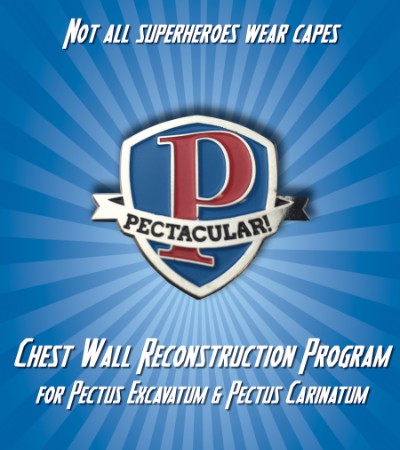
Pectacular!
The Chest Wall Reconstruction Program offered by University Surgical Associates and Children’s Hospital at Erlanger is a multidisciplinary program designed to address the needs of children and their families who were born with pectus excavatum and pectus carinatum. Because the decision to seek treatment is complex and involves the whole family, the program was developed to address those very specific needs, provide support, and connect patients with others who have walked the road they are considering. Click here to learn more. Or call 423.267.0466 to schedule a consultation with Dr. Smith.

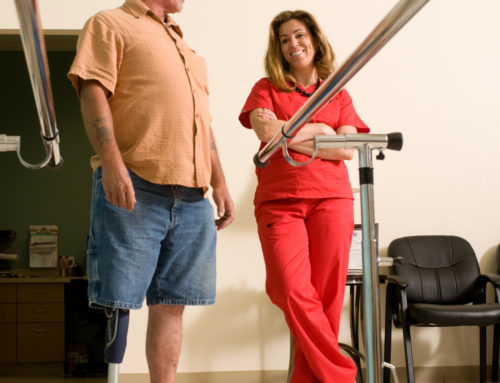
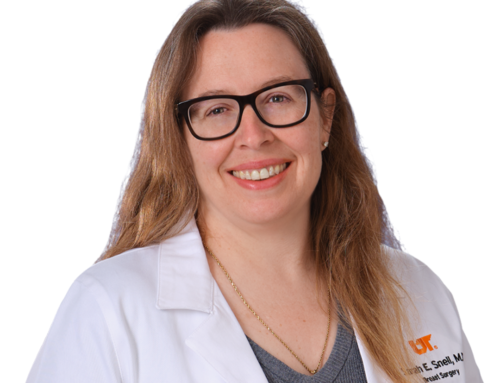
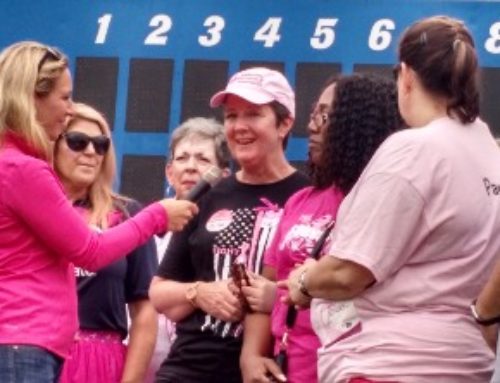
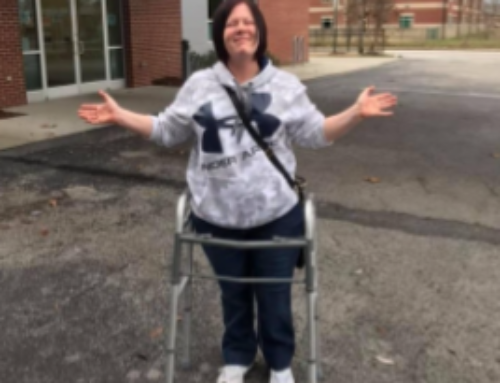
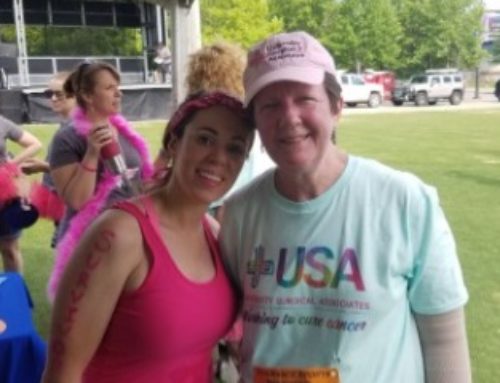

Leave A Comment